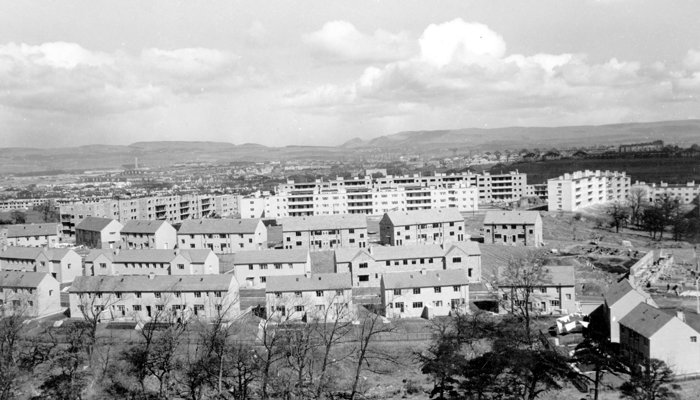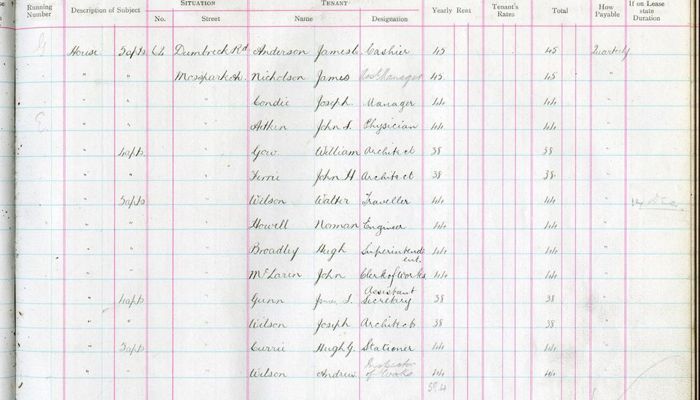
Ask the Archivist - Council housing
Our next topic was one that's played a major role in Glasgow's cityscape: council housing. The Q&A is below. You can also read a feature about these records in the Glasgow Times.
Q1: What was the City Improvement Trust?
The 1866 Improvement Act gave the Council power to set up a trust to buy slum property, demolish or repair buildings, sell land for redevelopment and build replacement houses. At the time Glasgow was experiencing its largest population boom. Demand for housing far exceeded supply and many working-class citizens were crammed into areas around the City Parish such as High St and Saltmarket, where they experienced slum housing, filthy streets and closes.
Q2: What did City Improvement Trust do?
The Trust bought up and demolished congested slums on large scale, but it took longer and was more expensive than planned. Short of funds, it sold cleared land to private builders on condition they would build high quality houses. The first tenements built by the Trust (Saltmarket & Glasgow Cross) were built as ‘models’ to demonstrate to private builders what should be built. Made to an extremely high standard, they were let to tenants who could afford the high rents. The Trust needed to tackle the housing of the poorest people and from 1900 to 1914 the houses built were simpler and cheaper. The effects of the Improvement Trust were beneficial but on such a small scale that they barely changed the overall housing situation.
Q7: Do you have photographs or other records of the housing schemes?
We hold the architectural plans for the city, including the housing schemes. We also have the large photographic archives from the Architecture and Planning Department, which include photographs of council houses. Many of these are on the Virtual Mitchell site but we have many others.
Q8: Do council house types have names?
Glasgow’s original house types do not have names (labelled with letters in drawings). The types generally reflected which scheme they were built under (See Q3 & 4). Later non-traditional house types by outside firms would be identified by their type name.
Council housing


